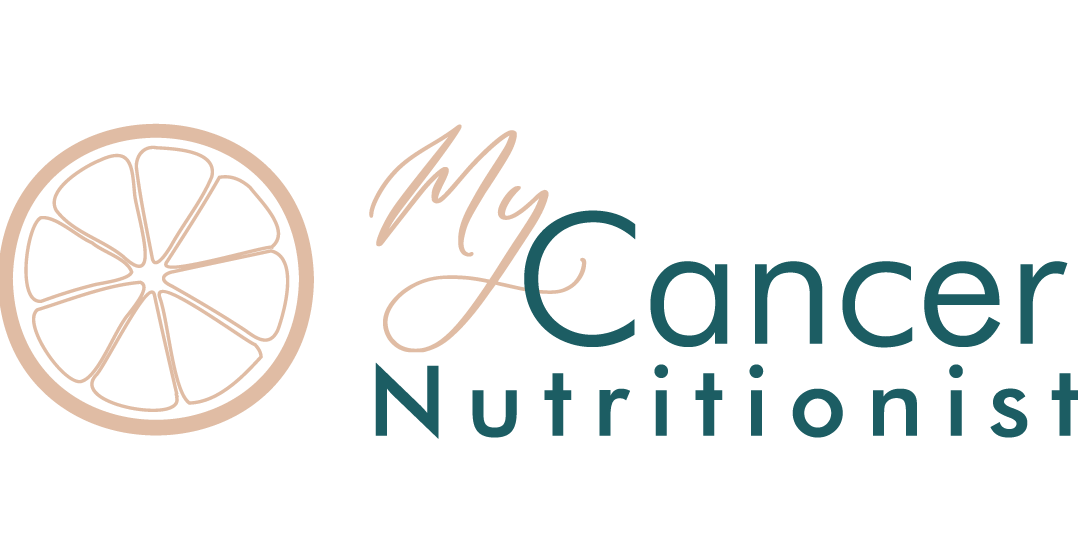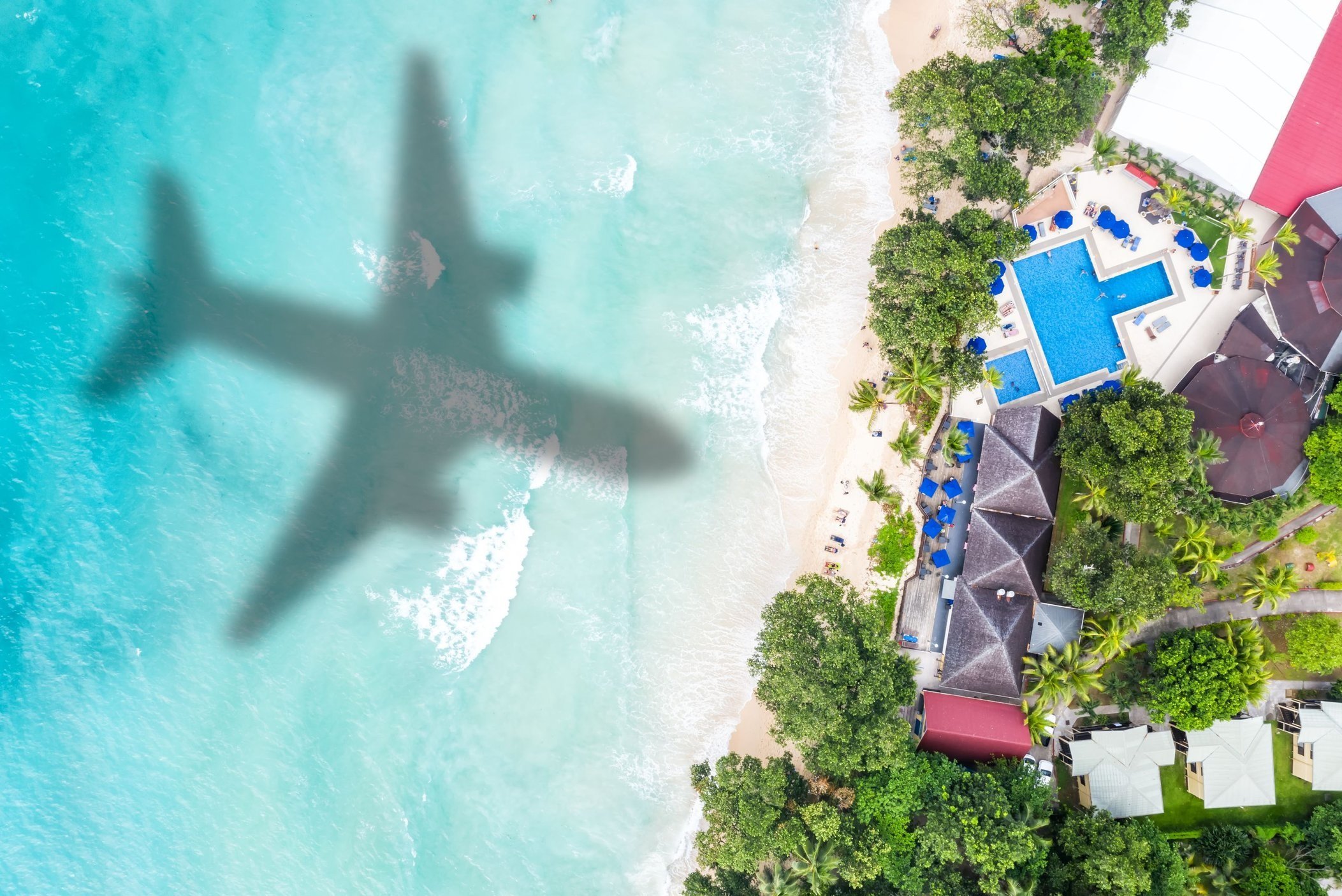The Health Impacts of Airline Travel & Cancer Risk: How to Protect Yourself
Introduction:
Airline travel has become an integral part of modern life, connecting people across the globe for business, leisure, and family reunions. While the convenience of air travel is undeniable, it's essential to be aware of the potential health impacts that can arise from prolonged exposure to the unique conditions of flying. This article aims to shed light on the various health effects of airline travel, with a particular focus on the mechanism of actions and the risk of cancer associated with this mode of transportation.
Health Impacts of Airline Travel:
Jet Lag and Circadian Disruption: One of the most noticeable health impacts of air travel is jet lag, resulting from crossing multiple time zones quickly. The human body's internal circadian rhythm, responsible for regulating sleep-wake cycles, is disrupted, leading to fatigue, sleep disturbances, and impaired cognitive functions. Research suggests that chronic jet lag can also have long-term health consequences, such as an increased risk of cardiovascular diseases and metabolic disorders (Vosko et al., 2010). Read more about the link with circadian rhythm and its role in cancer here.
Dehydration: Air travel often exposes passengers to low humidity levels in the cabin, leading to increased water loss through respiration and evaporation. Dehydration can cause discomfort, dry skin, and aggravate existing health conditions, like respiratory issues and urinary tract infections (Vandenberk et al., 2016).
Deep Vein Thrombosis (DVT): Sitting for prolonged periods during a flight can hinder blood circulation, increasing the risk of developing deep vein thrombosis (DVT). DVT occurs when blood clots form in the deep veins, usually in the legs, and can be life-threatening if a clot dislodges and travels to the lungs (Gavish et al., 2018).
Radiation Exposure: Airline passengers are exposed to higher levels of cosmic ionizing radiation at higher altitudes. While the exposure is generally low, frequent flyers, especially flight crew members, may accumulate a significant dose over time. This ionizing radiation has been linked to DNA damage and an increased risk of cancer (Phillips et al., 2019).
Airline Travel and Cancer Risk:
The relationship between airline travel and cancer risk is a topic of ongoing research. The primary concern is the exposure to ionizing radiation at high altitudes. Cosmic radiation, composed of high-energy protons and other charged particles, can penetrate the aircraft's hull and expose both passengers and crew to higher radiation levels than at sea level.
The mechanism of action for radiation-induced cancer involves the ionization of atoms and molecules within living cells, causing damage to DNA and other cellular structures. When DNA damage occurs, the cell's normal functions can be disrupted, potentially leading to uncontrolled cell growth and the development of cancer.
Several studies have assessed the cancer risk associated with frequent flying. While the absolute risk remains relatively low for occasional travelers, flight crews and frequent flyers may face a slightly higher risk due to cumulative exposure (IARC, 2012).
Protecting Yourself from Radiation When Flying:
Sit Away from the Wings: Studies have shown that cosmic radiation levels are slightly higher near the wings of an aircraft. To reduce exposure, choose a seat closer to the front or back of the plane.
Fly During Daylight Hours: Cosmic radiation levels tend to be lower during daytime flights than at night. If your travel plans allow for it, consider booking flights during daylight hours to decrease your overall exposure.
Limit High-Altitude Flying: If you are a frequent flyer, try to space out your flights and avoid unnecessary high-altitude journeys. Consider other means of transportation for shorter trips.
Use Protective Gear: Some companies produce personal radiation shields or vests that claim to reduce cosmic radiation exposure. While the effectiveness of these products is debated, you may choose to use them if you have a high level of concern.
Nutrition Interventions to Support Radiation Exposure:
Antioxidant-Rich Diet:
Antioxidants play a crucial role in neutralizing free radicals generated during radiation exposure. A diet rich in antioxidants can help counteract oxidative stress and reduce DNA damage caused by radiation.
Vitamin C:
Vitamin C is a powerful antioxidant that supports the body's immune system and helps repair damaged tissues. Consuming foods high in vitamin C, such as spinach, kiwis, strawberries, and broccoli, can aid in protecting cells from radiation-induced harm.
Vitamin E:
Vitamin E is another potent antioxidant that can help shield cells from oxidative damage caused by radiation exposure. Salmon, sunflower seed, brazil nuts, and pine nuts are excellent sources of vitamin E.
Beta-Carotene:
Beta-carotene, a precursor of vitamin A, is a potent antioxidant that helps protect the skin and other tissues from radiation damage. Include foods rich in beta-carotene, such as sweet potatoes, carrots, spinach, and mangoes, in your diet.
Omega-3 Fatty Acids:
Omega-3 fatty acids exhibit anti-inflammatory properties and can support the body's resilience to oxidative stress. Sources of omega-3 fatty acids include fatty fish like salmon and trout, flaxseeds, and chia seeds.
Hydration:
Maintaining proper hydration is essential during air travel, as it can help flush out toxins and support the body's natural detoxification processes. Airplanes can increase the risk of dehydration, so drink plenty of water throughout your flight to stay hydrated.
Limit Processed Foods:
Processed and sugary foods can contribute to inflammation and may reduce the body's ability to cope with radiation-induced stress. Opt for whole, nutrient-dense foods to support overall health and radiation resilience.
Conclusion:
Airline travel is a convenient and efficient means of transportation, but it is not without its health impacts. Understanding the mechanisms of action behind these effects and the potential risk of cancer due to cosmic radiation exposure is crucial for both passengers and flight crew members. While the absolute cancer risk remains relatively low, awareness and proper precautions are necessary to ensure the well-being of all those who take to the skies.
Further reading
Vosko, A., Colwell, C., Avidan, A. . (2010). Jet lag syndrom: circadian organixation, pathophysioligy, and management strategies. Nature and Science of Sleep, 2: 187-198.
Gavish, I., Brenner, B., & Air travel thrombosis (2018). Thrombosis Research, 164, S13-S16.
International Agency for Research on Cancer (IARC). (2012). IARC Monographs on the Evaluation of Carcinogenic Risks to Humans, Volume 105: Cosmic Radiation. Lyon, France: IARC Press.
Phillips, D., Sammis, T., & O'Brien, K. (2019). Cosmic Radiation and Air Travel. JAMA, 322(19), 1883.
Vandenberk, B., Vandervoort, P., Van Laethem, C., & Vandekerckhove, P. (2016). Health Implications of Air Travel: A Comprehensive Review. The Journal of Travel Medicine, 23(6), taw074.
Gavish, I., Brenner, B., & Air travel thrombosis (2018). Thrombosis Research, 164, S13-S16.
International Agency for Research on Cancer (IARC). (2012). IARC Monographs on the Evaluation of Carcinogenic Risks to Humans, Volume 105: Cosmic Radiation. Lyon, France: IARC Press.
Phillips, D., Sammis, T., & O'Brien, K. (2019). Cosmic Radiation and Air Travel. JAMA, 322(19), 1883.
Vandenberk, B., Vandervoort, P., Van Laethem, C., & Vandekerckhove, P. (2016). Health Implications of Air Travel: A Comprehensive Review. The Journal of Travel Medicine, 23(6), taw074.




